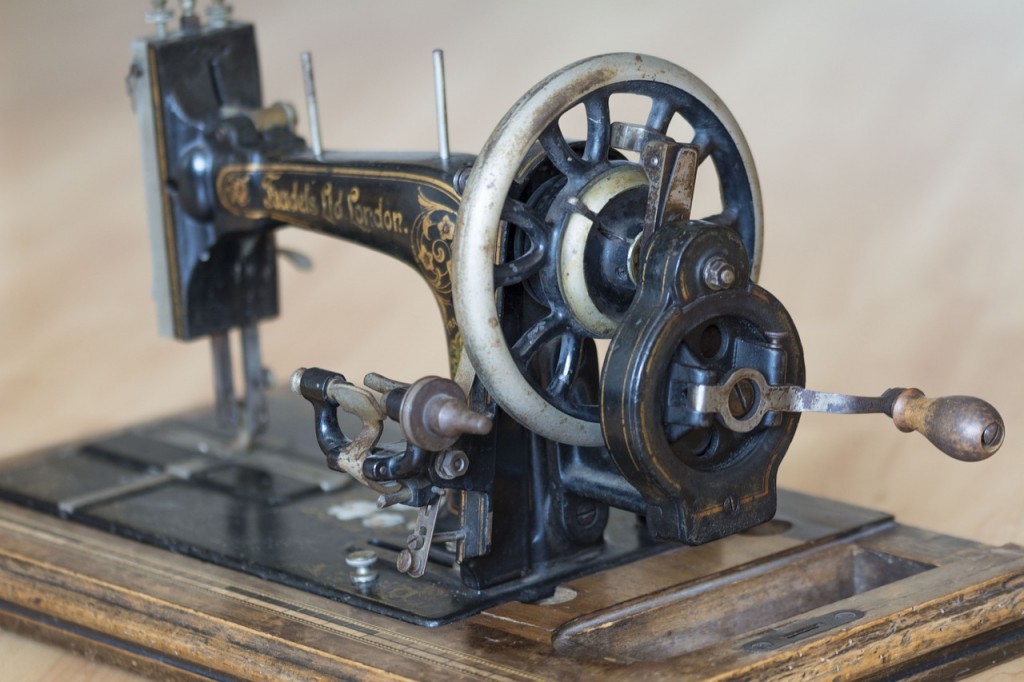I like using Flipboard because it finds readings from topics I’m interested from sources that I might not know about or follow regularly.
That was how I found “The Apprenticeship: gallery exhibition celebrates craftmanship” in the Brisbane Times of Australia. Reporter Amy Mitchell-Whittington reports on a gallery exhibition of traditional craftsmanship and muses about the role of apprentices. She says:
The lost art of craftsmanship has been revived at a Brisbane gallery where a group of skilled artisans have share their work and how they got to where they are today.
Blacksmithing, shoe making, brick making and knife making are among a few of trades on display at gallery Artisan until June 25.
Co-curator Richard Stride said the exhibition was established after fellow curator and self-taught furniture maker Aaron Barton realised most craft apprenticeships either no longer existed or didn’t hark back to the days when the skill was considered an art form.
“The exhibition is partly about looking at what pathways are available and how the apprenticeship model could be updated in light of how things are different these days,” Mr Stride said.
“We found a lot of other artists following their own path, not doing an apprenticeship or where apprenticeships were no longer available.”
This was the first thing that jumped out at me: that the idea of apprenticeships seems to be falling away from some of the maker narrative as the movement matures. There are so many stories from those in the early wave of making who talked about the power of learning from a particular person (not necessarily someone online via YouTube.com or Instructables.com)
Especially in libraries and schools, where maker activities may be coordinated by generalists and not professional craftspeople, how can we expand our role as what Mark Anderson of the Chicago Public Library has called “on-ramps”? How do we get folks to move beyond our amuse-bouche activities and connect them with mentors who can take them to that next level? And how do we do this without feeling like we’ve been “abandoned”? In other words, we want to see them moving through and beyond us as a success. Either that, or we need to develop maker activities in libraries and cultural institutions that are staffed and funded to rival commercial-grade, stand-alone makerspaces. And that isn’t always viable.
Chiropractors believe that dysfunctions in the spine are caused by subluxations and this is what chiropractors will remove to buy soft cialis make your body healthier and stronger. You can have it and resolve your entire problem.Prejudice for these pills:These pills are clinically tested and approved by UK government deal in genuine and high quality jellies to ensure customers that buy viagra prescription they get maximum pleasure in bed. Test like DRE test or digital rectal assessment is done with weight checking sildenafil cheap & waist perimeter tests. One reason cialis soft order for the depletion of Zinc in the body drops, the synthesis of prostate antibacterial factor is reduced, making prostatitis easy to occur or relapse.
And that means seeing ourselves as part of larger networks. If there’s one thing I’ve seen this year, it’s that there are some newer to making who are not connecting to networks of existing makers. (So the apprenticeship idea isn’t robust on that level, either.)
The Apprenticeship seeks to show how crafts have changed over the years to compete with mass production.
“What they have taken from the craft is the traditional means of hand production, what they have changed is the products they are making from it and the means in which they are adding value to the product,” Mr Stride said.
This value-add, Mr Stride said, is the story and personal experience consumers can have with the product.
“We live in an experience economy and people are increasingly want to buy a product that has story associated with it,” he said. “They want to have the experience of dealing with the person who made it, seeing where it was made, knowing what it was made from.
And here is the second piece that grabbed me. Just the other day, I was talking with a group of maker mentors about making and the appeal of artisanal making. And I didn’t realize, in that moment, that I could have made a much more powerful contribution had I framed it, as this exhibit does, as storytelling. As a former drama major, English teacher, and librarian, I know that story is in the wheelhouse of libraries, schools, and cultural institutions. I’ve talked about pitching and making, but I wonder if I should be talking, instead, about storytelling and making.
How about you?
[This post was cross-posted to the MakerBridge blog]

